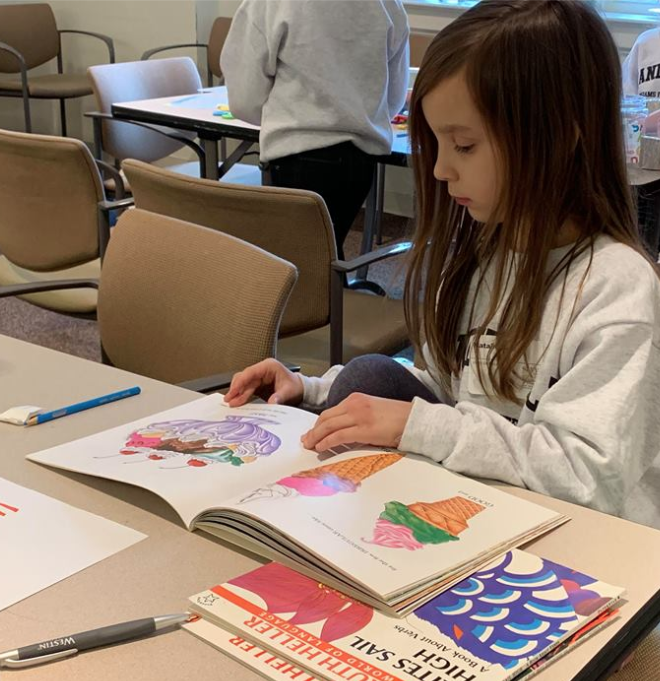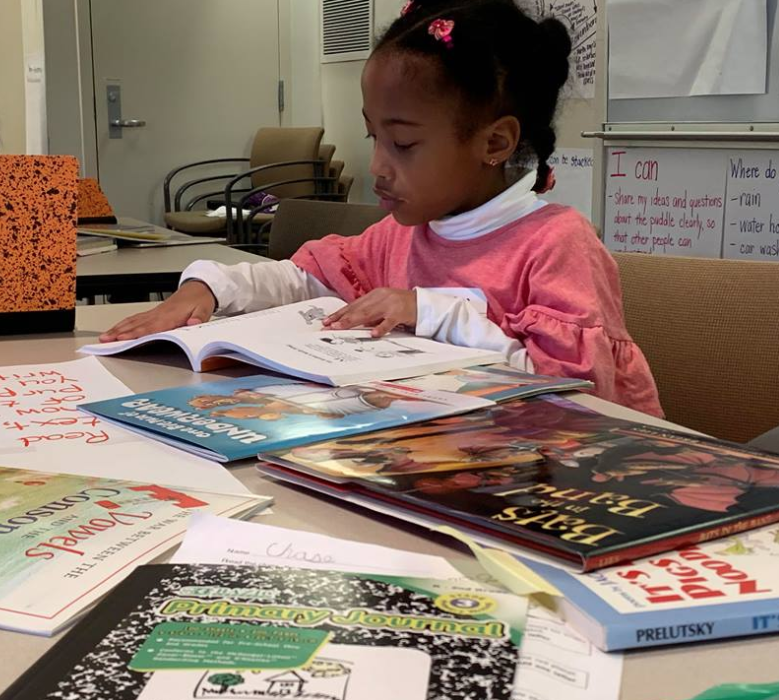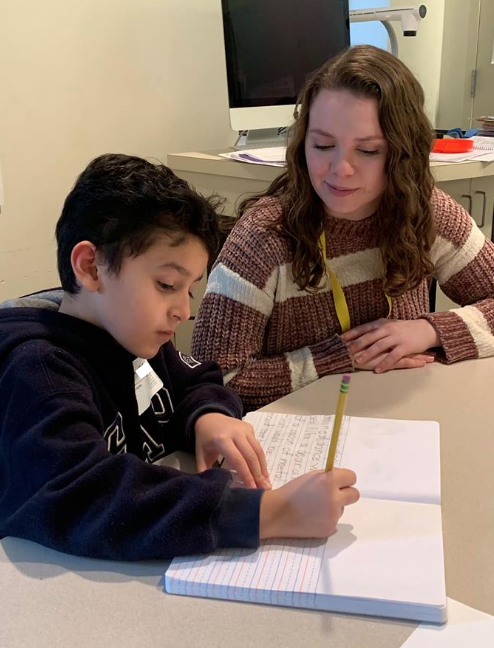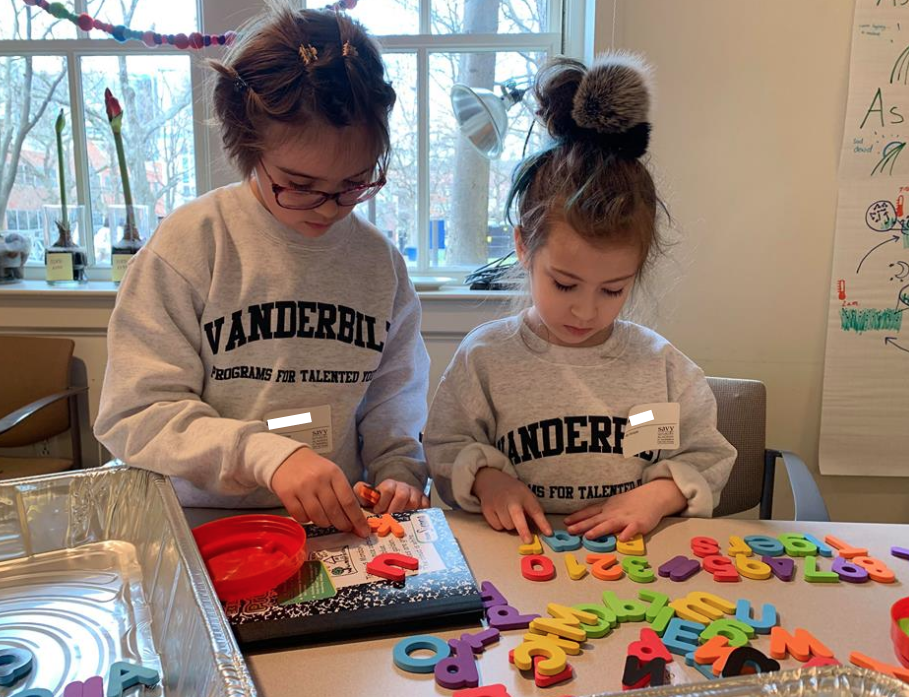Spring SAVY 2019, Day 2 – Witty Wordplay (1st/2nd)
What is a system? What are the components of a system? How can a system be identified? To determine and understand these questions, we evaluated a place we are all familiar with, a school cafeteria. Working with parts of a system, we brainstormed elements of a cafeteria first, where students came up with food, tables, chairs, plates, trays, utensils, refrigerators, ovens, boxes, pots and pans and more. When brainstorming boundaries in the cafeteria, students were quick to identify walls, roof, floor, windows, rules, time, teachers, and doors. Interactions were not too difficult to name such as, eating, talking, laughing, drinking, approved hand games, and food fights (that was said jokingly, but we added it to the chart just for fun). Finally, we had to grapple with the last two parts of a system, system inputs and outputs. Once we discussed what input and output mean, the ideas flew out of our brains! Under input, students offered these examples from a school cafeteria; kids coming into the cafeteria, food, drinks, electricity, ice, and teachers walking into the cafeteria. Regarding examples of output students came up with teachers and students walking out of the cafeteria, energy into our bodies from eating food, trash, and bathroom needs after eating. Not bad for a first attempt, but now could we think of other systems we might be able to identify after understanding what components make up a system (elements, boundaries, interactions, input, output).
The lightbulb went off in one student’s head and she said, “Nature is a system”. All of a sudden, there occurred rapid fire thinking and ideas such as water, water cycle, human bodies, bodies of animals, sports teams, solar system, computers, technology, numbers, and families. I asked students if they thought letters are a system, and after finding examples under each of the components of the parts of a system, they all agreed that, yes, letters are a system. This was a dynamic discussion, and when we had our morning wrap just before students went home, everyone was able to verbalize what a system is and how to identify it by thinking about the parts of a system.
Since we identified that letters are a system, we were also able to recognize that words have a system as well when we are writing to follow a writer’s technique. First we learned about a system technique for writing call Alliteration and what this system boundaries of repeated letters in words. Students wrote incredible alliterative poems and raced to our example charts to record their poems. We filled three chart pages! Then when we learned about how interjections and conjunctions are also part of a writing system, students wrote all kinds of creative poetry and other text using a plethora of interjections, and conjunctions!
The writing and exploring continued in our centers of poetry writing, story writing, author technique analysis, and letter play. It was so much fun to see student enthusiasm for their word play, writing, and in reading books by out spotlight authors as students found techniques that they want to try when they write.
If you have time during the week, please encourage your student to endeavor to identify other systems they might be able to find at home or in other places. When your student comes up with a system idea, probe to have them come up with examples of system parts in the key components of a system, elements, boundaries, input, output and interactions. Students are welcome to share what they found when we meet again next week. Can’t wait to have more witty word play next week!
Sincerely,
Ms. Tyson
Some of the Highlights from our Word Work!




